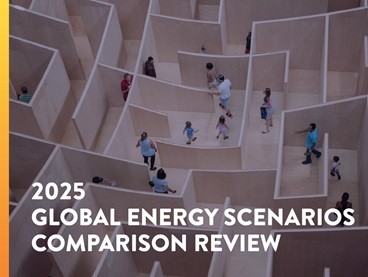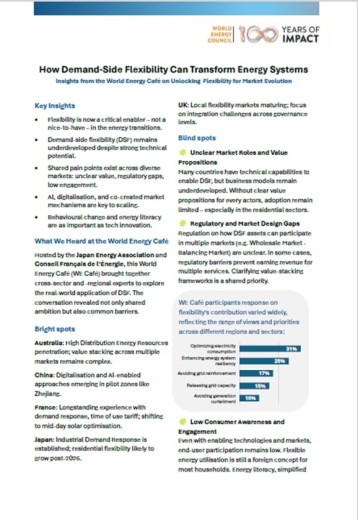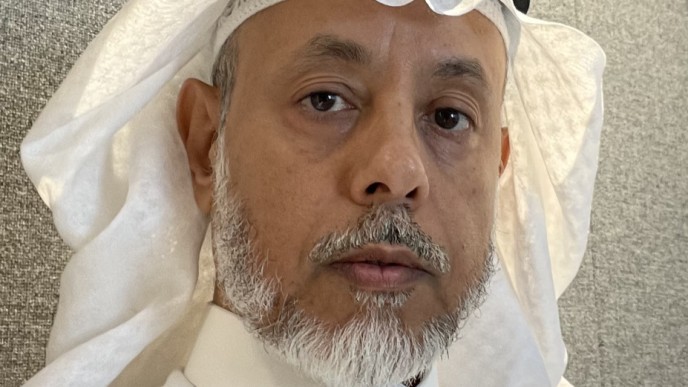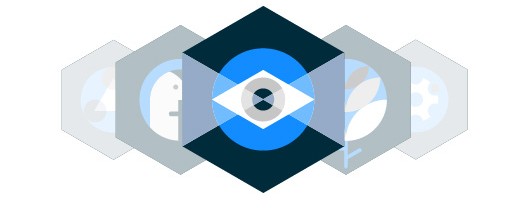
These online tools received an unprecedented level of activity after the Fukushima nuclear plant was breached by tsunami waters on 11 March 2011.
An interactive website that was created and run by a professor at Tokyo University saw a significant spike in followers. The site explains radiation and nuclear energy data in layman terms and allows people to comment via his account (@hayano) on Twitter, the social media microblog. On 7 March, before the nuclear accident, the website had only 2255 Twitter followers. But by 14 March, it gained more than ten times as many followers, to 23,122; and by 21 March, there was a further six-fold increase, to 151,757. Later on, another ‘citizen messenger’ set up a website aggregating Mr Hyano’s twitter posts in one page. This further encouraged more people visit Mr Hyano’s site.
Another website, created by an ex-telecomms executive with a strong interest in nature, similarly saw a dramatic spike in followers. The site, by a Mr Hiroshi Ishikawa, displays data on various natural phenomena such as rainfall and earthquake. It also shows radiation data gathered by Mr Ishikawa’s monitoring equipment. On 15 March, his equipment detected an increase of radiation levels in Hino City, Tokyo, where he is based, and Mr Ishikawa duly posted this information onto his site. Before 11 March, the site had only 10 followers, and by 15 March, it had more than 60,000.
The report highlights the importance of communicating technical information in language that is accessible to and easily understood by ordinary citizens.
While worries about the potential danger of radiation had inevitably driven citizen’s hunger for news and information, the proliferation of online activity was spurred on by their lack of trust in official information put out by the government, according to the report.
The government was perceived to lack transparency. On one occasion, the spokesperson of Japan’s Nuclear and Industrial Safety Agency (NISA) was moved to another position shortly after he made an unverified comment about the potential of nuclear reactor meltdown. However, while NISA did not rectify his statement, it also stated that no one would yet be able to confirm the status of those reactors.
On a separate occasion, the government had delayed the release of information that was available and in the public interest. The Nuclear Safety Technology Center (NUSTEC) had completed the analysis of radiation data of the area around Fukushima. However, the government withheld this information from the public on the assumption that it would cause public panic. It released some of the information on 23 March and, following waves of public appeal, finally released the full information on 3 May.
These events had caused citizens’ mistrust of official information. According to an opinion poll conducted by the Nomura Institute on 19 and 20 March, after the Japan earthquake 28.9% of respondents believed government information had become less trustworthy, while only 9% believed social media had become less trustworthy. In comparison, 7.8% of the respondents thought they trusted government information more, while 13.4% trusted social media more.
None of the existing Japanese mass media were seen to be trustworthy either. The exception of note was NHK TV, the national public broadcasting station which runs on taxpayer’s subscription, rather than advertising. (Editor’s note: in Japan NHK TV is widely perceived to be more trustworthy than other media channels, which rely on advertising and were perceived to be more biased.)
The report goes on to suggest that official communications channels should pay more attention to taking part in and responding to online citizen communication. Unlike conventional government communication such as speeches and news releases, websites and social media are interactive and allow for the two-way exchange of information. They are a ready channel for citizens to voice their concerns.
In the case of Japan’s triple earthquake-tsunami-nuclear disaster, the Prime Minister’s Office did create its own Twitter account dedicated to the disaster (@Kantei_Saigai), but it failed to follow up on citizens’ reaction and enquiries.
The report further suggests that citizen-run online and social media should also receive due attention in other emergency situations.
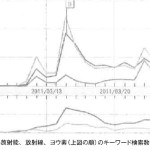
– This article is based on the chapter on risk communication in a report by the Independent Investigation Commission on the Fukushima Daiichi Nuclear Accident. The 403-page report, in Japanese, was published in February 2012. A summary of the report’s highlights was prepared by Dr Kenji Yamaji, an expert on the panel, and was translated into English by the Japan Energy Association, the WEC’s Japanese Member Committee in June 2012. The WEC expresses its thanks to WEC Japan for making the report available.



